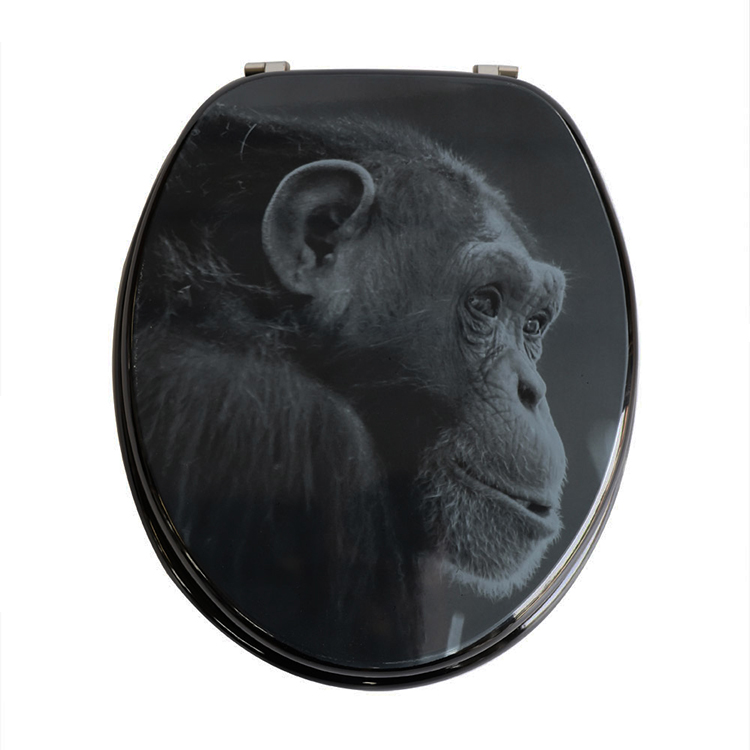The introduction of the PP toilet seat
2021-12-23
PP toilet seat: copolymer PP material has low heat distortion temperature (100 ℃), low transparency, low gloss and low rigidity, but it has stronger impact strength. The strength of PP increases with the increase of ethylene content. The Vicat softening temperature of PP is 150 ℃. Due to its high crystallinity, this material has good surface stiffness and scratch resistance. PP does not have the problem of environmental stress cracking. (PP toilet seat)Usually, glass fiber and metal additives are added Or thermoplastic rubber to modify PP. The flow rate MFR of PP ranges from 1 to 40. PP with low MFR has better impact resistance, but lower tensile strength. For materials with the same MFR, the strength of copolymer type is higher than that of homopolymer type. Due to crystallization, the shrinkage of PP is quite high, generally 1.8 ~ 2.5%. And the directional uniformity of shrinkage is much better than that of PE-HD and other materials. Adding 30% glass additive can reduce the shrinkage to 0.7%.(PP toilet seat) Homopolymer and copolymer PP materials have excellent moisture absorption resistance, acid-base corrosion resistance and solubility resistance. However, it has no resistance to aromatic hydrocarbon (such as benzene) solvents, chlorinated hydrocarbon (carbon tetrachloride) solvents, etc. PP does not still have oxidation resistance at high temperature like PE.
























































